Upon its completion in 2016, the 314-meter MahaNakhon was named Thailand’s tallest building. Offering luxury shopping and some of the most expensive properties in Bangkok, the glitzy skyscraper symbolizes a city on the rise.
But amid a construction boom in the Thai capital, the skeletons of long-abandoned buildings remain part of the expanding skyline. They stand as monuments to an economic crash that is slowly fading from view.
Less than a 20-minute drive from the MahaNakhon, a dilapidated high-rise called Sathorn Unique Tower has stood empty for two decades.
Its crumbling walls are juxtaposed with million dollar views of the city’s skyline.
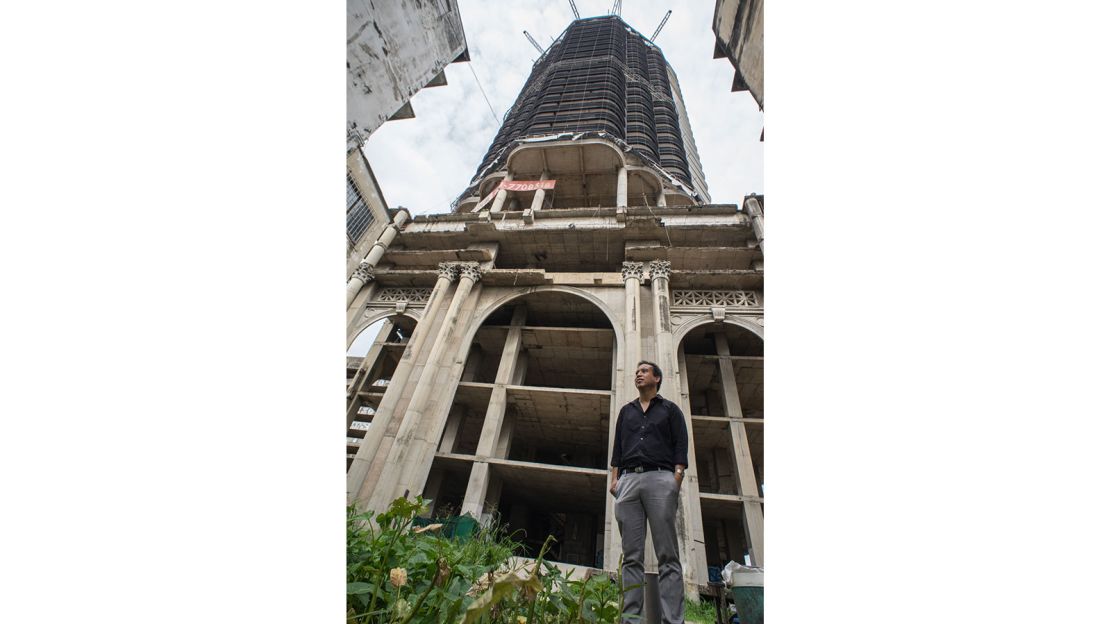
Derelict and deserted
Bangkok’s “ghost” towers have become a popular destination for photographers like Dax Ward, who has documented around 20 abandoned locations in Thailand. The American’s images form part of a photographic genre he calls “abandonia.”
Bangkok's abandoned locations
“I’ve never really felt that uncomfortable,” Ward said in an email interview. “The only eerie aspect – in a big city such as Bangkok – is being completely alone in such large, empty and strangely quiet spaces in the center of an urban sprawl. (I’m) naturally curious about what once was – or what might have been – with an ‘if these walls could talk’ way of viewing old buildings.”
Bangkok’s abandoned high-rises have attracted urban explorers and parkour enthusiasts. Sathorn Unique Tower’s eerie interior has also been particularly popular among television and film crews. A horror movie based around a fictional suicide in the building, “The Promise,” is due for release in September 2017.
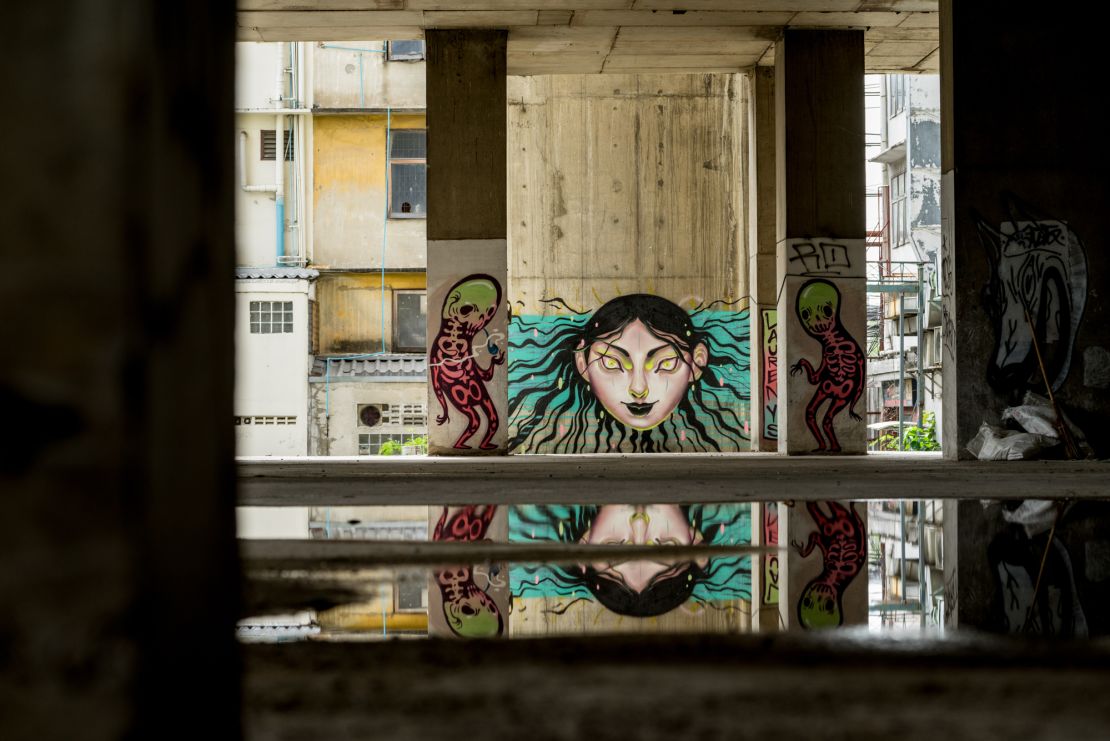
“I think that popular culture has a part to play in the public’s interest in abandoned places, as there have been a multitude of post-apocalyptic settings in films and TV shows released in the past decade,” said Ward.
Monuments to crisis
With a central location and commanding views of the Chao Phraya river, the 47-story Sathorn Unique Tower was set to comprise 600 residential units, alongside shops and businesses on the lower floors.
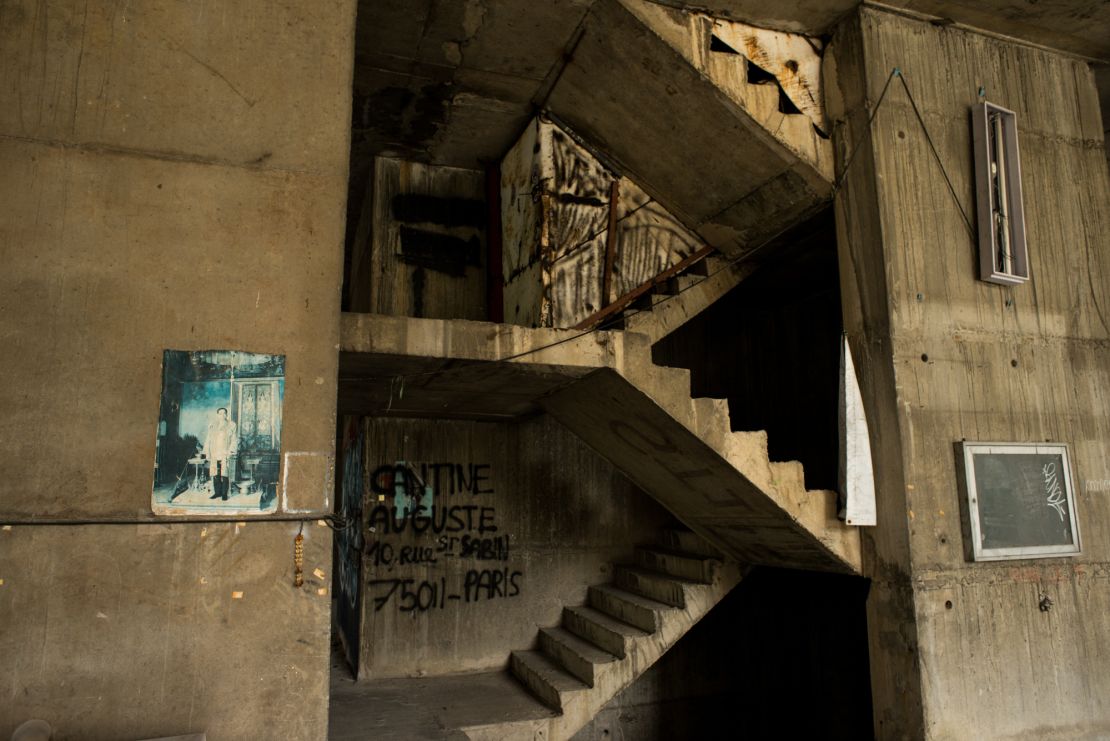
But in 1997, Thailand’s economy faltered after years of rapid growth. In what came to be known as the “Tom Yum Kung” crisis, the collapse of the Thai baht triggered devastating financial instability across much of Asia.
Amid nationwide bankruptcies and job losses, construction on many towers across the country came to a sudden halt as financiers went bust.
“The building was 85 to 90 percent done,” claimed Sathorn Unique Tower’s owner, Pansit Torsuwan, before taking CNN on an exclusive tour of the abandoned building. “We (had) installed escalators, elevators and had equipped the rooms with their main utilities.”
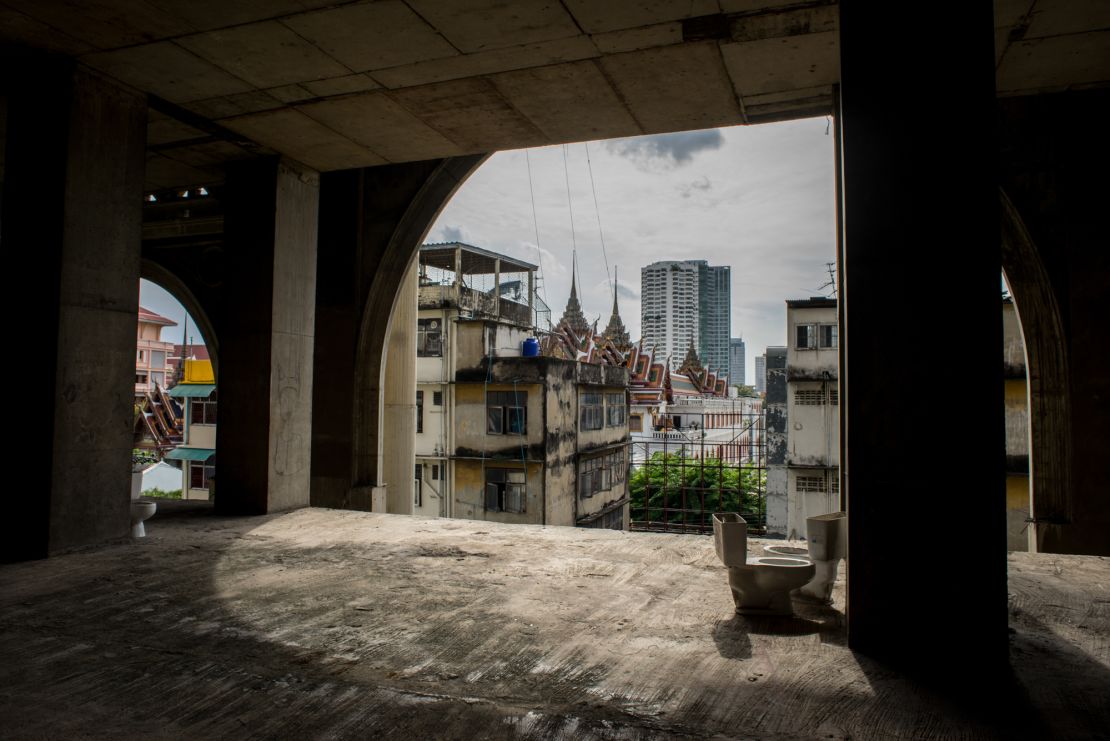
With a legal battle over foreclosure ongoing, the tower’s future remains in limbo. Torsuwan said that the site is for sale, though for now, he can only recoup a fraction of his losses by allowing companies to project advertisements onto the building’s facade.
An evolving skyline
With Thailand’s construction sector booming once again, some of Bangkok’s unfinished developments serve as a physical reminder of the crisis.
“Even today, Thai skylines remain littered with abandoned projects, a legacy of the (previous) construction boom,” said Tim Leelahaphan, an economist at investment and securities services firm Maybank Kim Eng Securities.
“Construction remained subdued (after the crisis), but it has started to recover as the economy turns its focus to exports, services and manufacturing.”
It remains to be seen whether developers have learned the lessons of the past, said Sinn Phonghanyudh, managing director of Bangkok architectural firm Plan Architect.
“There could be more abandoned buildings due to oversupply in the economy,” he said, suggesting that some existing “ghost” buildings may also remain unoccupied for the foreseeable future.
“Most abandoned buildings that cannot be demolished (will remain), usually because some contracts or commitments cannot be (agreed on).
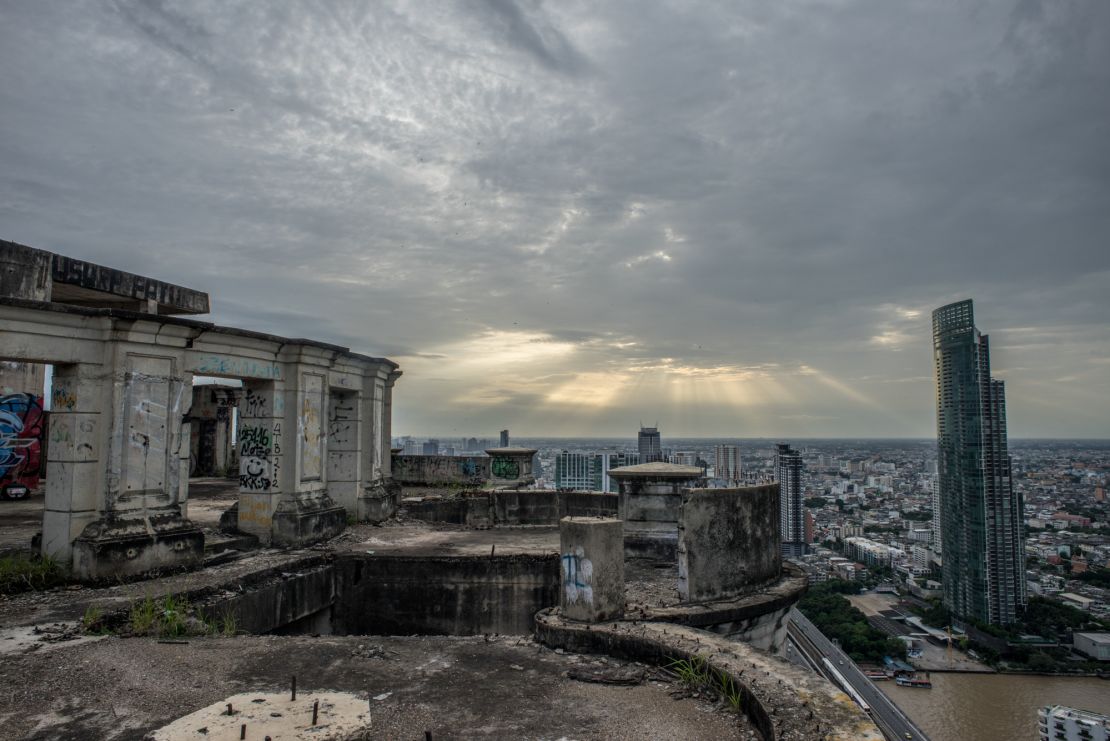
“(And due to) structural quality, some of them are not suited to redevelopment,” he added.
Ward, too, believes that the Bangkok buildings he photographs could remain empty for years to come.
“It’s difficult to speculate on what the future will mean for these places (but) I think that some of them could very well remain as they stand for another 20 years.”






































